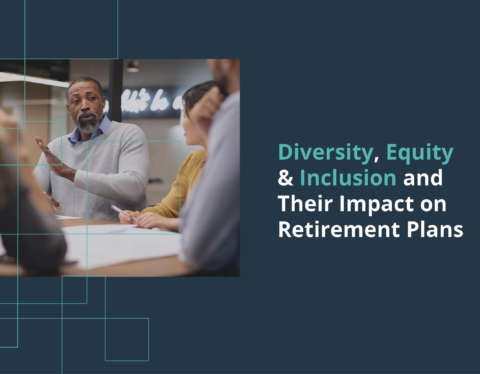It’s no secret money can be a sensitive subject, particularly when it comes to saving for a monumental event like retirement. Employees have financial and emotional concerns about preparing for the future, and employers are in a unique position to help. Yet a recent survey by American Century found that only two in five employers think their communication programs are effective, and 58 percent agree employees won’t take advantage of support offered to them.
This indicates change is needed in the way we approach retirement education—it’s time to get personal! Employers wanting to make a difference in workers’ retirement planning can use learning tactics that consider the psychology behind retirement saving behaviors. Did you know the psychological process of retirement follows a pattern similar to the emotional phases and adjustments accompanying other areas of major life transitions?
In an interview with 401khelpcenter, financial industry influencer and ShoeFitts Marketing founder Sheri Fitts explains that most people make decisions about their finances following changes in their personal lives. “Linking education and outreach to specific life stages can help employees see the connection in their own lives and answer the ‘What’s in it for me’ question,” she says.
Here are some tips for tapping into the heart of the matter:
• Collaborate with a retirement plan advisor. Forming a collaborative team is the first step in changing the way organizations present information to their workers. Employers, advisors and retirement plan providers can work together to create an educational program that speaks to different employee groups through targeted communication using multichannel technology, whether it’s phone calls, emails, postcards or one-on-one meetings. The team can collaborate to create key objectives and effective strategies that get employees saving more while meeting company plan goals.
• Personalize information. Employers should consider what type of information would be most helpful to employees based on their life stages and events. Older employees have different needs than younger employees, as do men versus women. It’s important to know your employee demographics and target communication accordingly.
• Understand adult learning principles. Adults have specific learning needs. According to Fitts, adults learn best when they can relate current information to past experiences and solve puzzles using this experience. They also more readily absorb information when they feel challenged but not fearful, can connect goals with personal values, and learn through practice.
Once the company’s educational program is tailored to appeal to the psychological side of saving for retirement, employers can measure the results of their changes by:
• Asking them. Survey employees to see how effective this targeted information has been in helping them understand investment terms, savings rates and more.
• Observing behavior. Analyze employees’ behavior after implementing changes. Have their savings rates increased? Are they more engaged in retirement planning?
By having a better understanding of employees’ individual motivations for saving, employers can create a more effective education program that engages employees, paving the way for a successful financial future.



